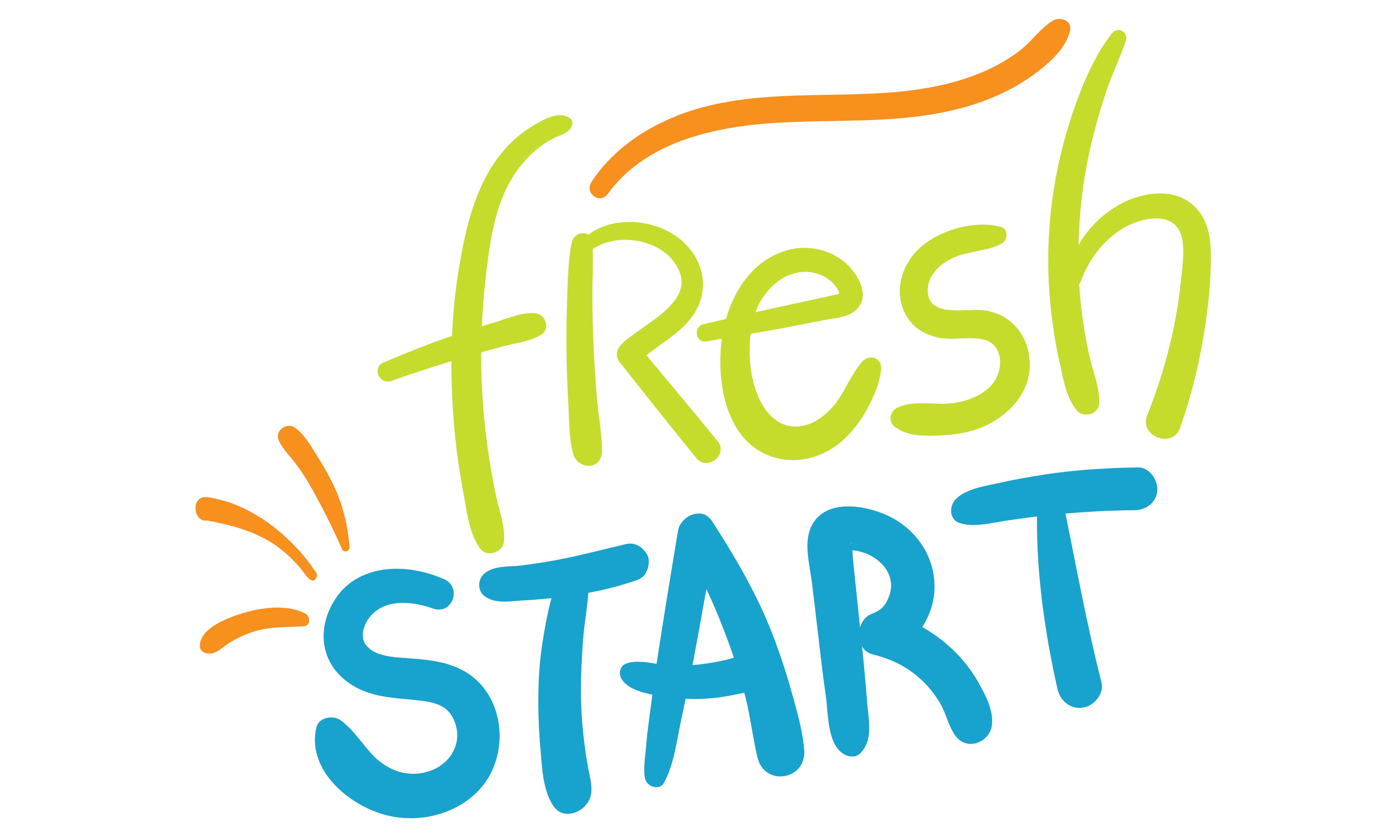 Welcome back! September is a contradictory month. You're a little sad. The end of summer is staring at you. You are trying to squeeze as much sunshine as you can out of the next couple of weeks. But you are also feeling that excitement bubbling up in the pit of your stomach because you are about to meet your kids... those people who will enter your classroom as strangers and slowly, over the next months, become little pieces of your school family. And so you’re thinking, and planning, and digging back into your teacher toolboxes
Welcome back! September is a contradictory month. You're a little sad. The end of summer is staring at you. You are trying to squeeze as much sunshine as you can out of the next couple of weeks. But you are also feeling that excitement bubbling up in the pit of your stomach because you are about to meet your kids... those people who will enter your classroom as strangers and slowly, over the next months, become little pieces of your school family. And so you’re thinking, and planning, and digging back into your teacher toolboxes
There’s another thing too that’s making you nervous. LAST YEAR. Last year was hard. Not only because of pandemic learning loss but also because of student needs and behaviors. You saw A LOT that you were not expecting. Some of your go-to teacher strategies just didn’t work. What now?
You know that it is important to start the year off on a positive note. Students have the right to learn in your classroom and the structure you put in place these first few days will protect that right for the year in front of you. Old-school teachers might tell you not to smile until Christmas, but the Machiavellian classroom isn’t the space you’re trying to create. Here’s what you need to do to start the year successfully:
- Generate a short simple list of rules that protect the classroom environment for you and your students. Don’t go off the deep end here. These are basic rules. Michael Lisen over at www.smartclassroommanagement.com talks about how you can generate that list strategically. Think about the specific problem behaviors you saw last year and make sure that your rules address those.
- Generate a list of consequences. (What happens if students don’t follow classroom rules?) Your consequences should keep students in the classroom as much as possible. Also, consequences MUST involve calling parents. Email is a fine means of communication in many circumstances, but nothing beats a good old-fashioned call home. Be intentional and professional in those calls. They don’t need to last more than a couple of minutes.
- And then... TEACH your behavior plan. OVER TEACH it. Do not read it off the syllabus. Do not say, “You know how to act. I’m not talking about this.” What do the behaviors you want to see look like? What do they sound like?
- Moving forward, enforce your behavior plan like a robot. Without emotion. Behavior is not about you. Every single time you get into a power struggle with a student, you WILL lose. Remember, consequences have nothing to do with whether you like a student. If you get caught up in the moment and make it personal (we’ve all done it), apologize in private.
- And then... SELL your class starting on day 1. Remember, the rules are in place because students have a right to learn. Students should want to be a part of your program. If you are excited to be there, they will (mostly) be excited to be there too!